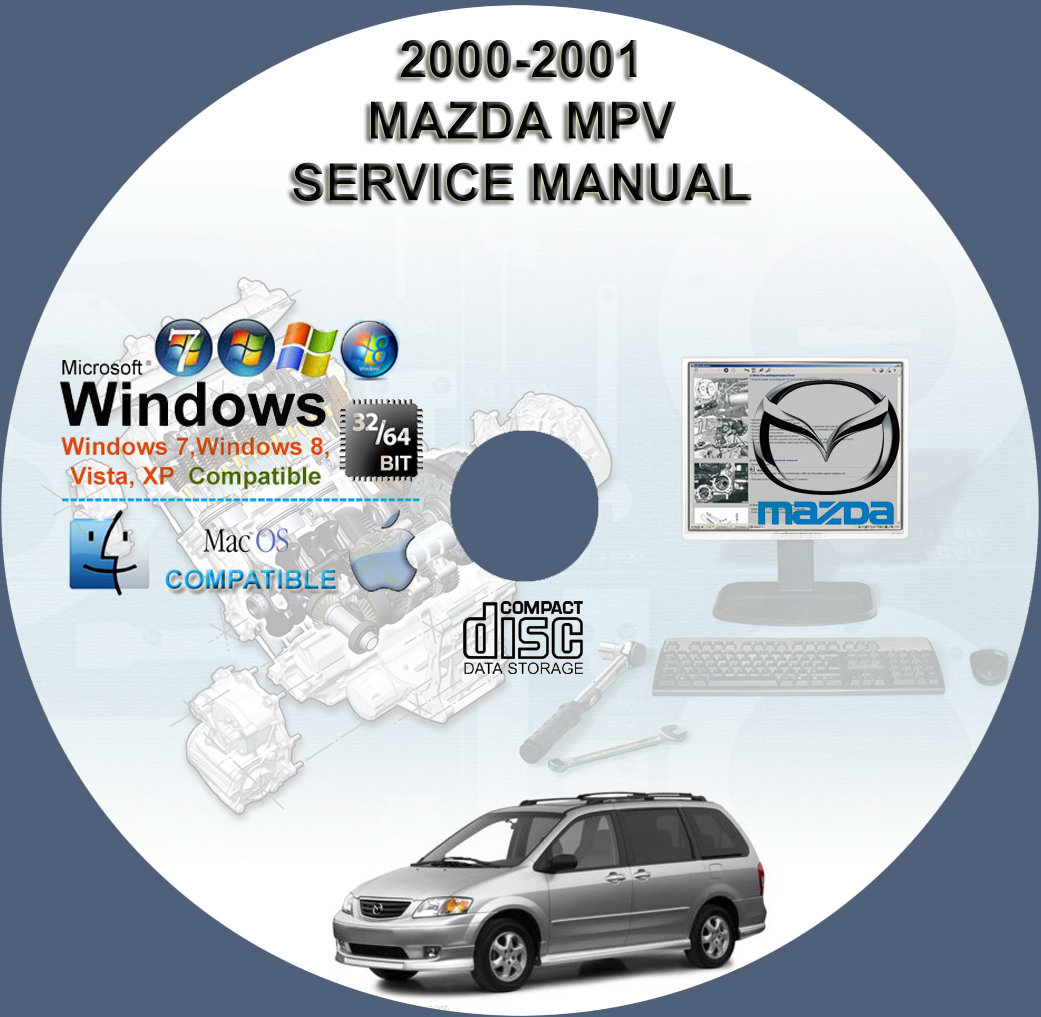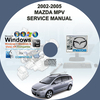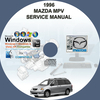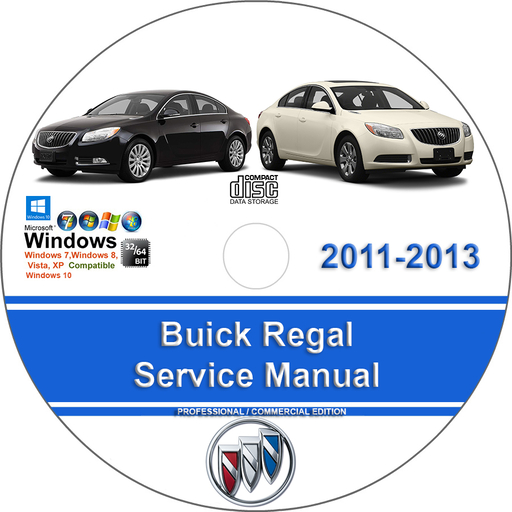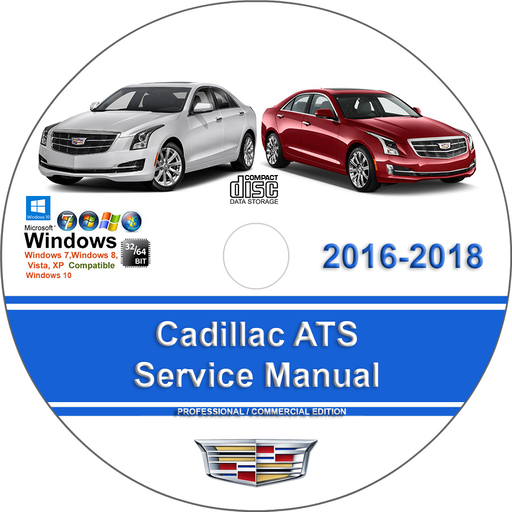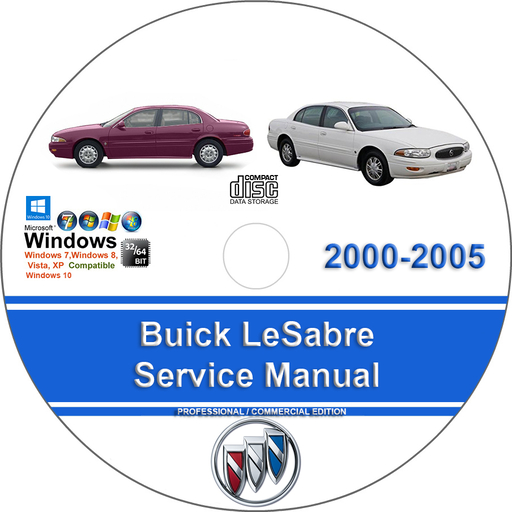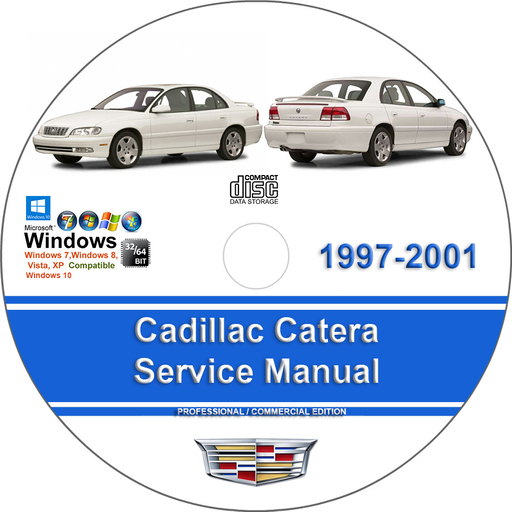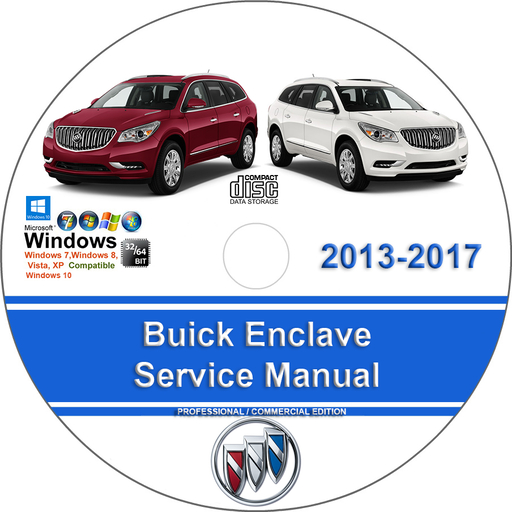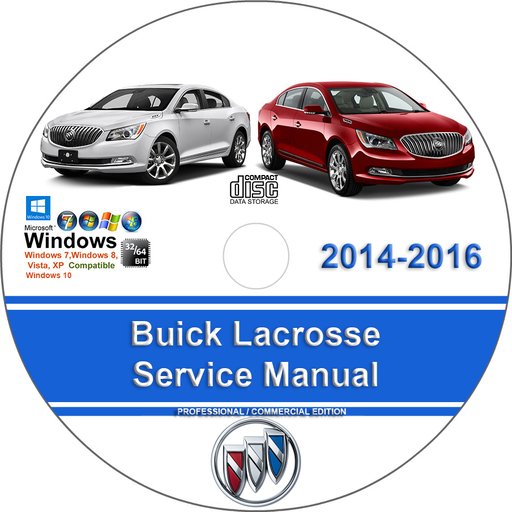MAZDA MPV 2000 2001 FACTORY SERVICE REPAIR MANUAL + WIRINGS
$39.00 – $48.00Price range: $39.00 through $48.00
MAZDA MPV 2000 2001 FACTORY SERVICE REPAIR MANUAL + WIRINGS
You can download this or I can ship it to you.
Loaded with Hi Resolution illustrations, instructions, photos, and diagrams, complete to service and repair your MAZDA.
MAZDA MPV 2000 2001 FACTORY SERVICE REPAIR MANUAL + WIRINGS
2000-2001
Loaded with illustrations, instructions, photos, and diagrams, complete to service and repair your vehicle.
MANUALS COVER:
– ENGINE OVERHAUL AND REBUILDING
– TIMING BELT REPLACEMENT
– TROUBLE CODES
– WIRING DIAGRAMS
– TROUBLESHOOTING AND DIAGNOSTICS
– COMPUTER DIAGNOSTIC TROUBLE TREE CHARTS
– ENGINE PERFORMANCE
– FRONT END PROCEDURES AND SPECIFICATIONS
– SUSPENSION
– TRANSMISSION INFORMATION
– AIR CONDITIONING SERVICE AND CAPACITIES
– TRANSMISSION IN CAR SERVICING
– COMPUTER DIAGNOSTIC CODES
– FIRING ORDERS
– DETAILED SPECIFICATIONS COVERED
– FACTORY MAINTENANCE SCHEDULES AND CHARTS
– SERPENTINE BELT ROUTINGS WITH DIAGRAMS
– TIMING BELT SERVICE PROCEDURES
– DRIVABILITY CONCERNS
– COMPLETE TORQUE SPECIFICATIONS
– U-JOINT AND CV-JOINT SERVICE PROCEDURES
– REPAIR PROCEDURES
– COMPLETE WIRING DIAGRAMS
– HUNDREDS OF ILLUSTRATIONS
This manual is the same as the manual used by workshops. Service Manual contains detailed instructions and step by step diagrams for all workshop procedures.
Language: English
Format: PDF
COMPATIBLE WITH ALL WINDOWS & MAC COMPUTERS
(WINDOWS 11, WINDOWS 10, WINDOWS 8 ETC.)
Windows/Mac/Tablet/Phone Friendly
The second-generation Mazda MPV was completely redesigned for the 2000 model year. These 2000 and 2001 models were praised for their agile handling and clever interior features, including roll-down windows on the sliding doors and a third-row bench seat that folded into the floor. However, the van was underpowered and is known to have reliability issues with the transmission, ignition, and cooling systems
.
- Engine: All 2000 and 2001 MPVs are equipped with a 2.5L DOHC V6 engine that produces 170 horsepower and 165 lb-ft of torque.
- Transmission: A 4-speed automatic transmission was standard on all models.
- Power:
At the time, reviewers noted that the 170 horsepower V6 was peppy enough for everyday driving but could feel strained when passing or with a full load.
- Shifting problems: Drivers have reported erratic shifting, delayed engagement, or complete shifting failure. A flashing overdrive (O/D) light often accompanies these issues.
- Fluid leaks: Transmission fluid leaks can cause low fluid levels, leading to slippage and overheating.
- Solenoid faults:
Faulty solenoids, which control the hydraulic fluid flow, can cause shifting issues or other transmission problems.
- Ignition coils: Failed ignition coils can cause engine misfires and illuminate the “Check Engine” light. The engine electronics, including ignition packs and sensors, were a major source of frustration and expensive repairs for some owners.
- Starting issues: Problems with the transmission range sensor (neutral safety switch) can prevent the engine from starting. A faulty crankshaft position sensor or loose battery connections can also cause intermittent electrical failures and engine stalling
.
- Cooling fan module: A failed cooling fan module can cause the fan to run constantly or not at all, potentially leading to overheating.
- Rough idle: Vacuum leaks, a faulty idle air control valve, or a dirty throttle body can cause rough idling and stalling, especially during cold starts.
- Brake line layout (2000–2001, without ABS): An improper brake line layout could increase the vehicle’s stopping distance in the event of a partial brake failure.
- Cruise control cable (2001): The cruise control actuator cable may have been too weak and could break.
- Airbag module (2001):
Some passenger airbag modules were not properly welded and could fail to deploy in a collision.
- Rear door lock (2000): The rear door lock mechanism could fail, allowing the door to open while driving.
- Takata airbags (ongoing): This affects a wide range of older vehicles, including the MPV.
Buying advice
- Transmission check: Ensure the transmission shifts smoothly and without hesitation during a test drive.
- Recall status: Verify that all recalls have been addressed.
- Inspect for rust:
Check for rust, particularly on the subframe and rear wheel arches.
| Medium | USB Flash Drive, DVD, Download |
|---|

